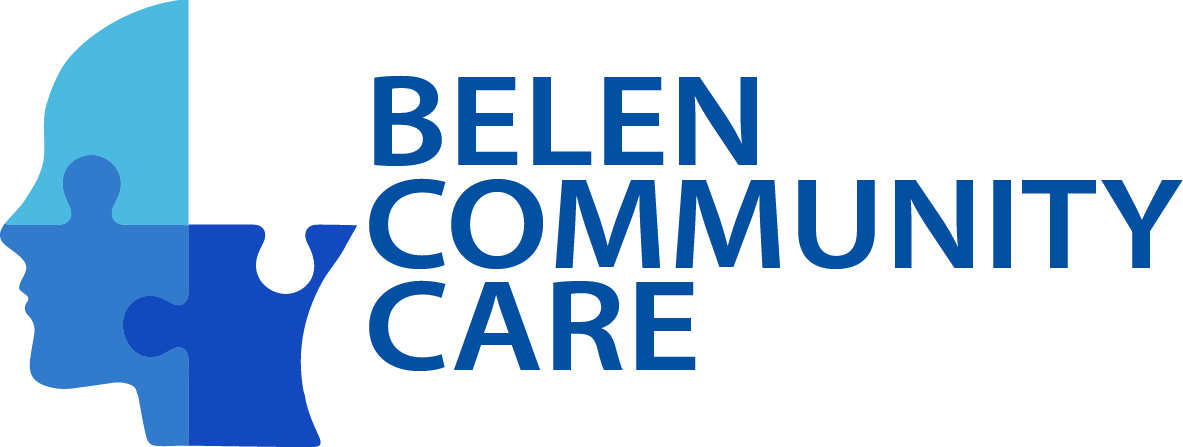
Aging is the only known process to live a long time. It is a dynamic, continuous, irreversible and universal process, therefore, we must be aware that old age is not a disease and that not all older adults are equal or all age in the same way.
Lifestyle, food and environmental factors play a major role in the aging process.
- Pain threshold: minimum perception of pain that a person knows as such
- Tolerance to pain: maximum level that a person can support.
Types of Pain
Nociceptive: it is a pain caused by the presence of a painful stimulus on the nocireceptores, without there being damage of the nervous system. It can be somatic or visceral. Some examples: superficial wounds, burns, muscle aches, bone pain, joints, injuries of ligaments or tendons, abdominal pain.
Neuropathic: is a pain that indicates an injury, dysfunction or alteration in the nervous system. It is a symptom of a neurological damage not a disease. For example, the pains caused by diabetes, herpes, neuralgia.
Psychogenic: it is a pain caused by the mental processes of the person and not by physiological causes.
Difficulties in managing pain in the elderly
In general, older adults present problems in the management of pain, mainly for the following reasons:
- Fear of receiving painkillers
- Fear of being interned
- Consider that pain is part of the normal process of aging
- Polypharmacy: too many drugs that prevent identifying the cause
Atypical presentation “pandora’s box”
Diseases most commonly associated with pain in the elderly
- Degenerative diseases of the joints. Osteoarthrosis
- Rheumatoid arthritis
- Vascular diseases
- Cancer
Pharmacological treatment is the first choice for pain control. Depending on the symptoms and the evaluation of the type of pain by the doctor, you should proceed to take the appropriate treatment. For mild to moderate pain, acetaminophen is the best option.
Always before curing we must avoid doing harm, assess the patient’s condition, identify the type of pain, consider interdisciplinary treatments such as physiotherapy, psychological therapy.
Leave a reply











Leave a reply